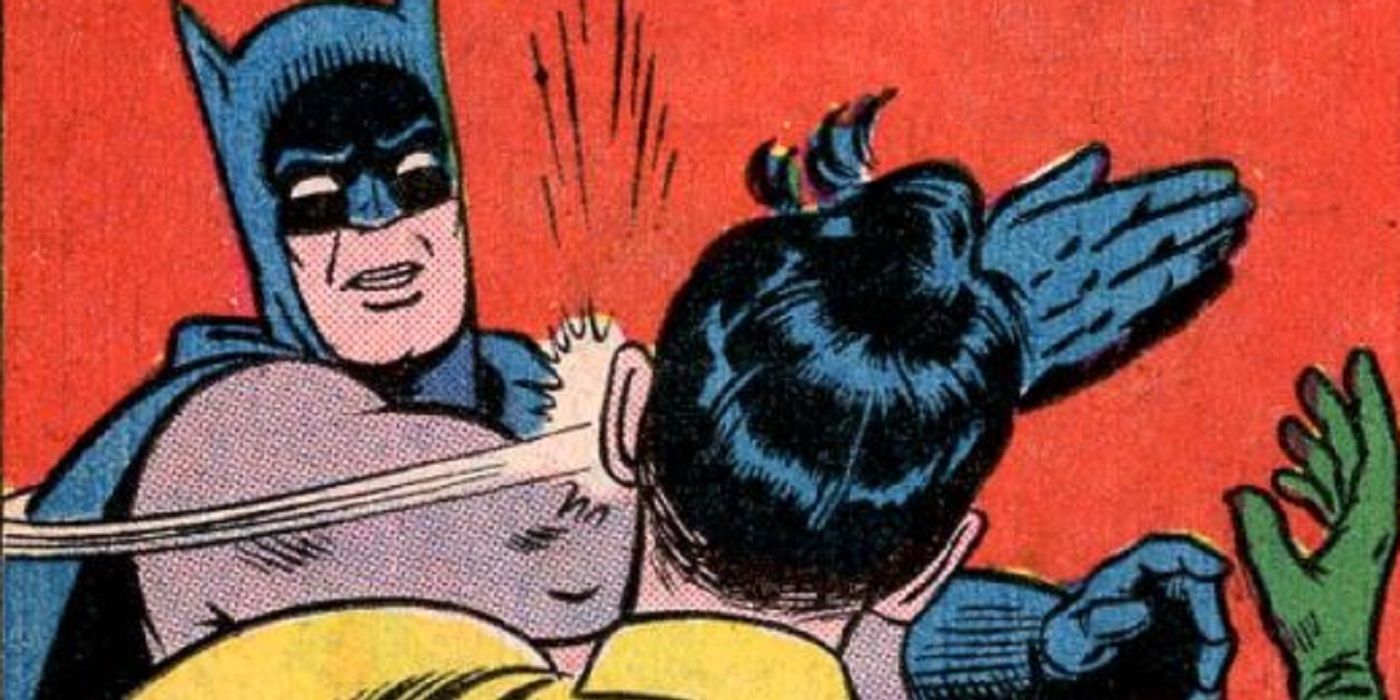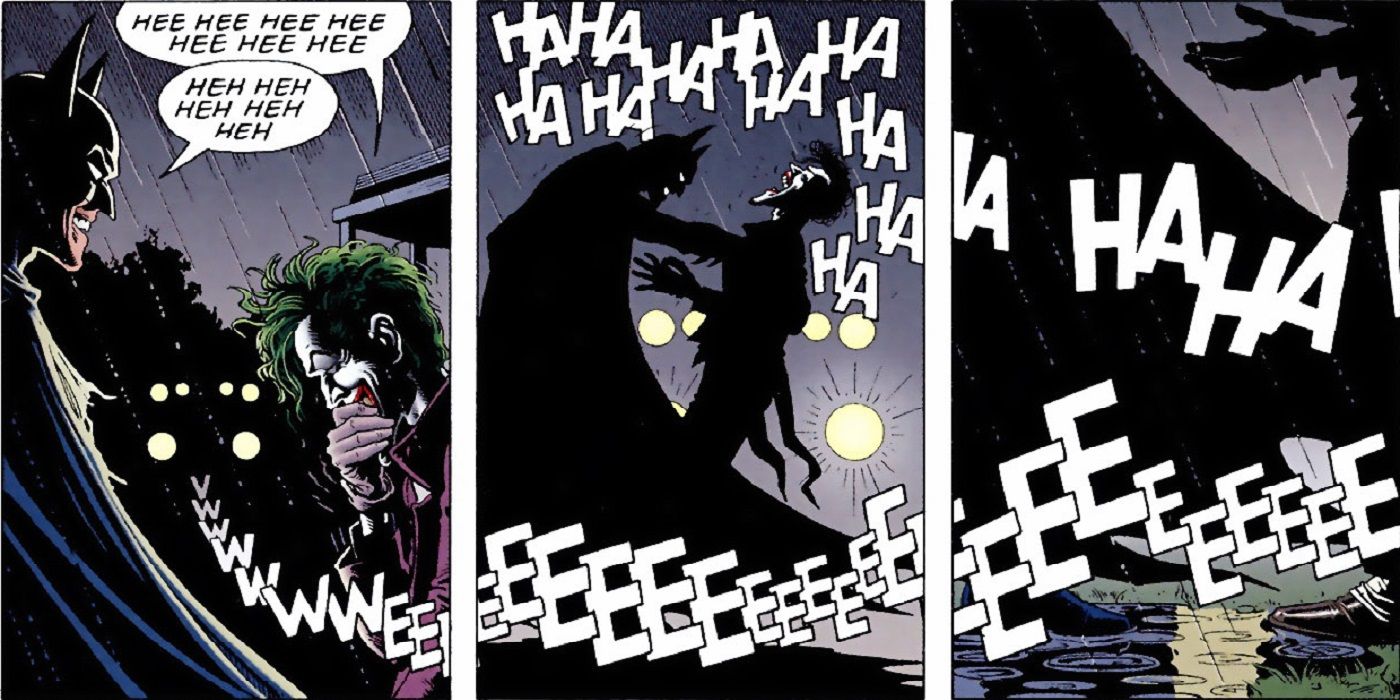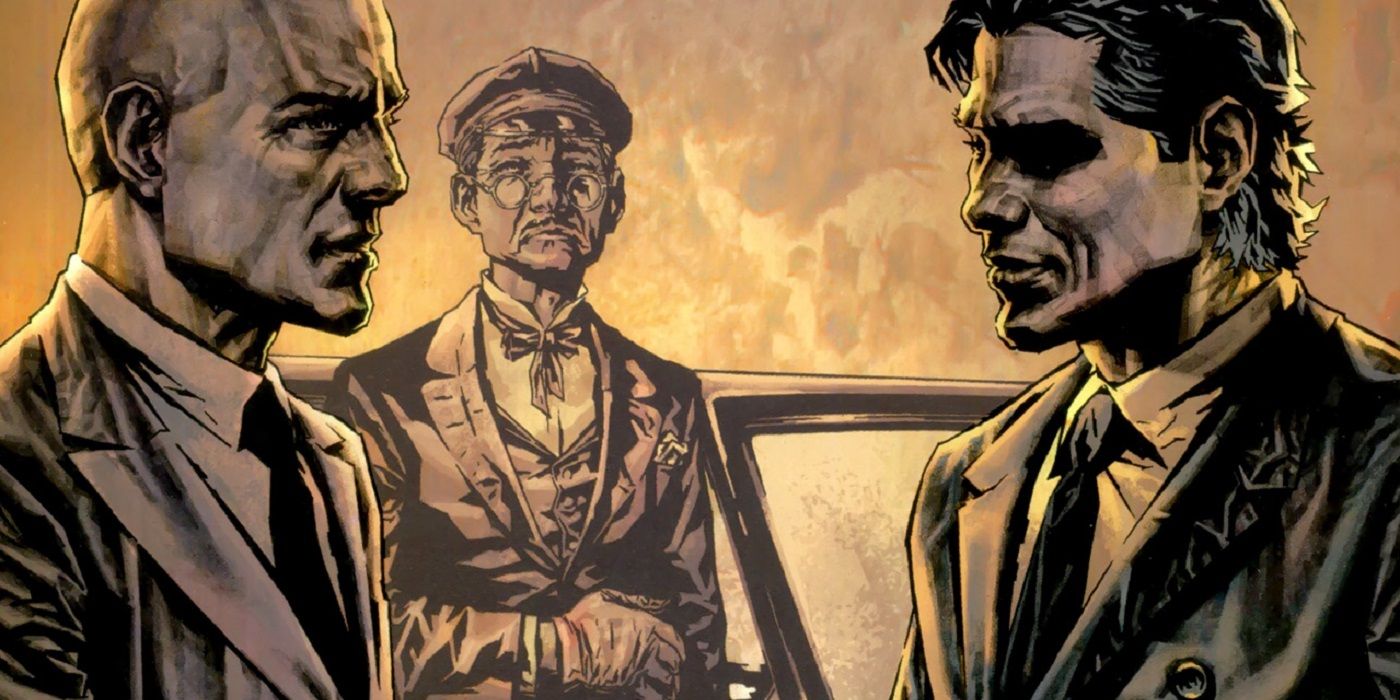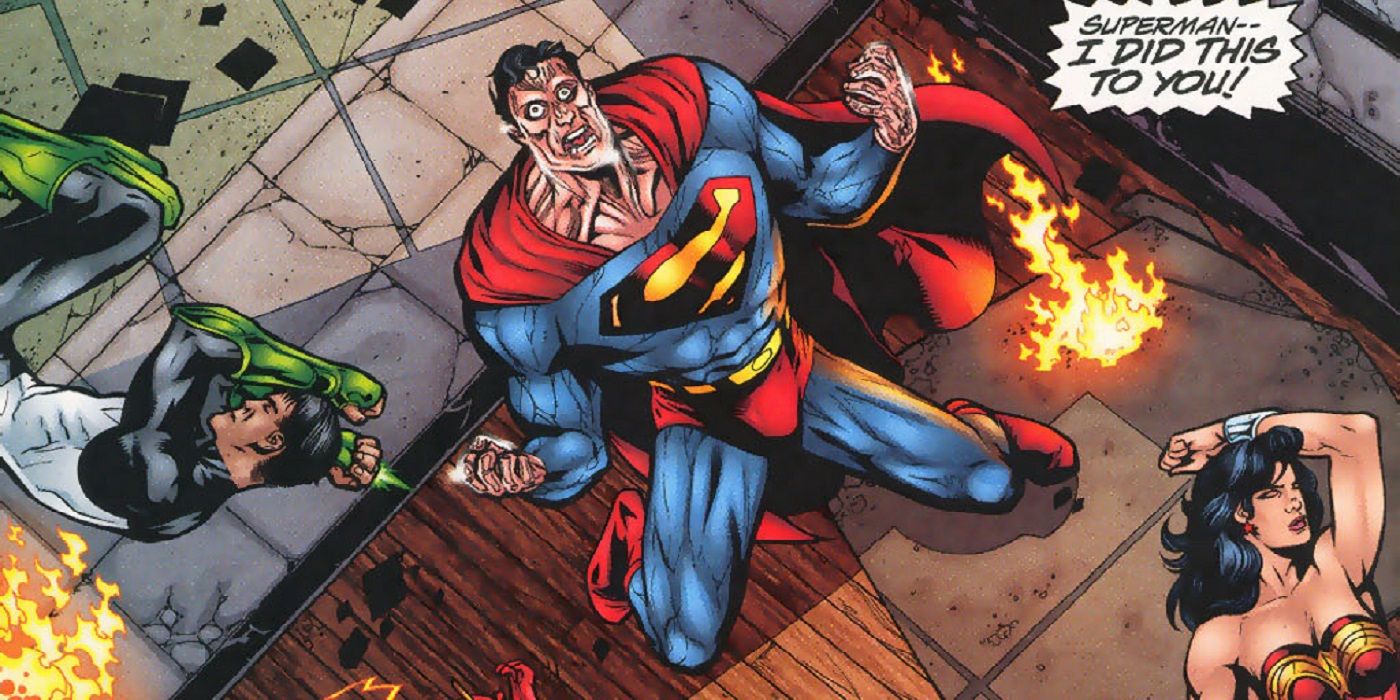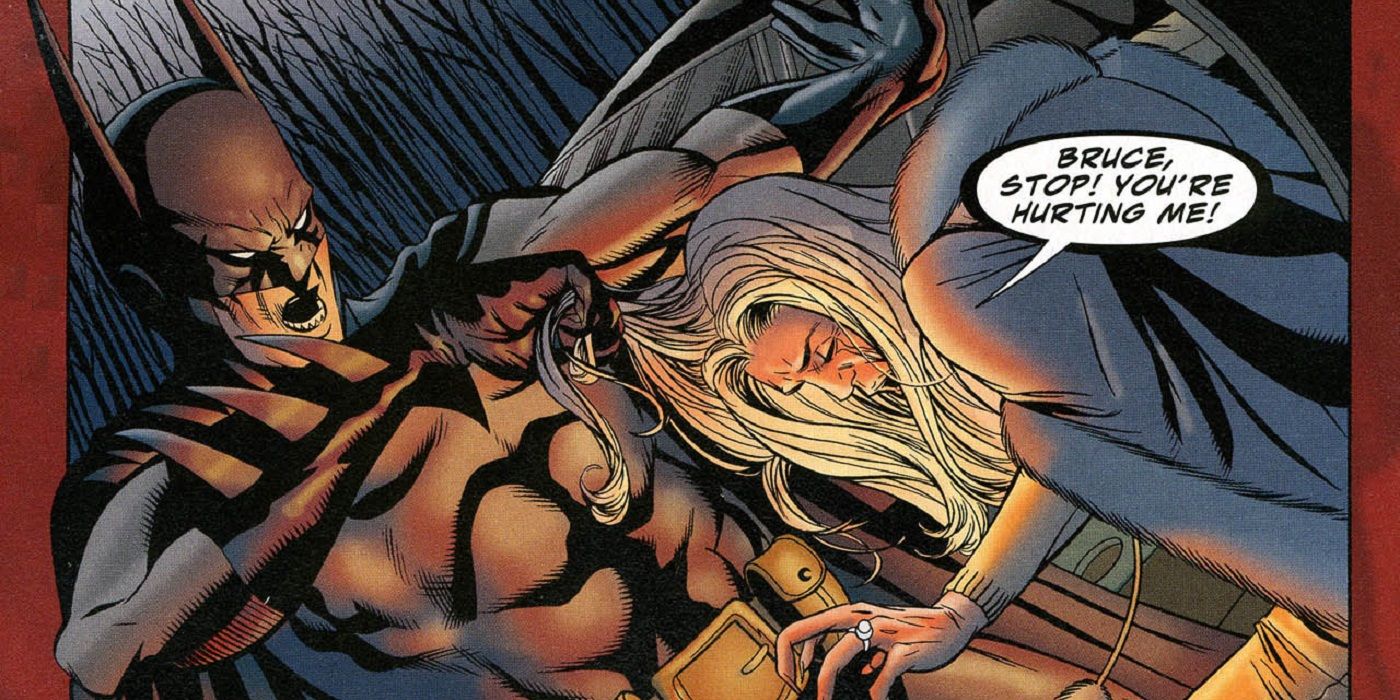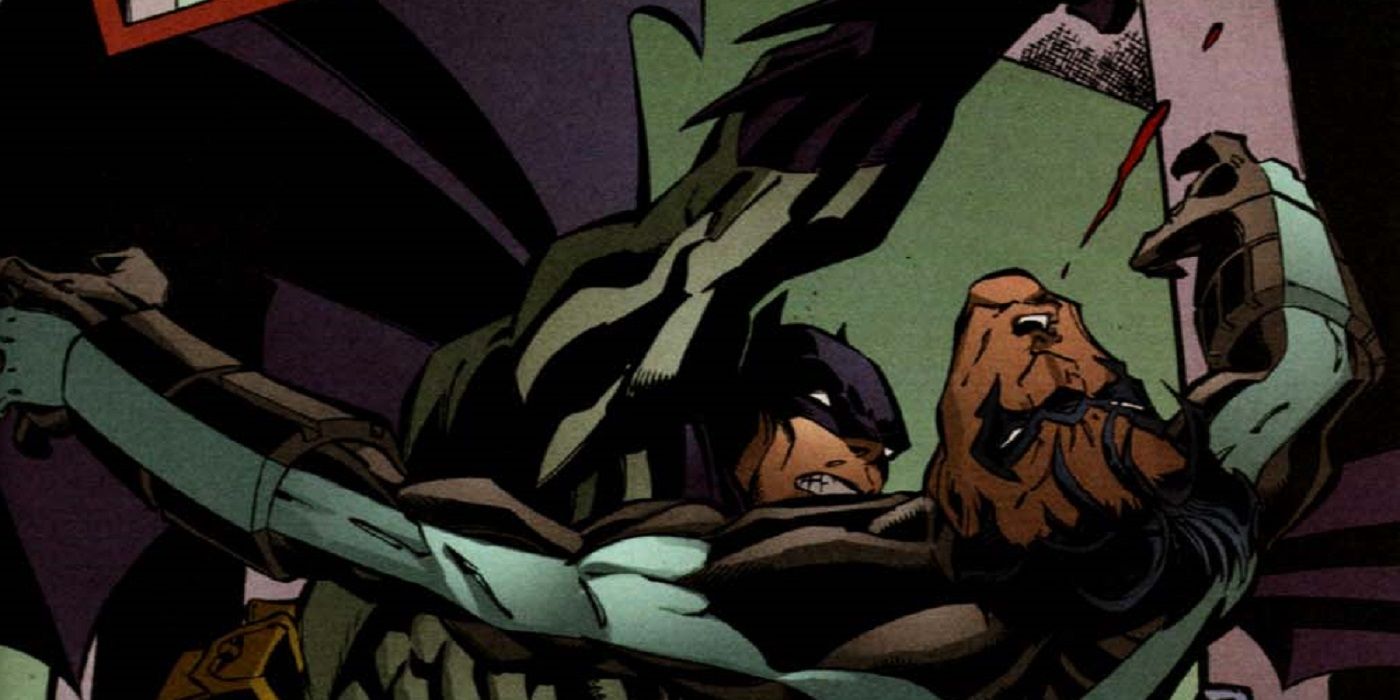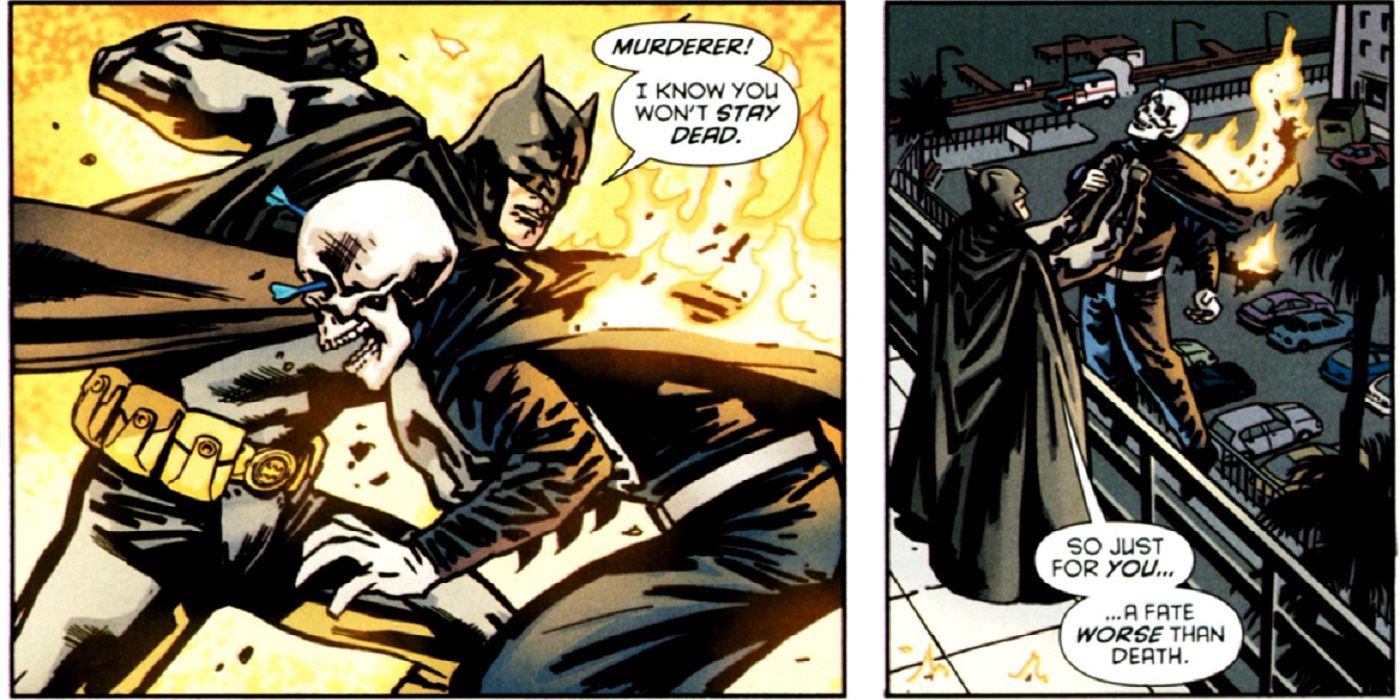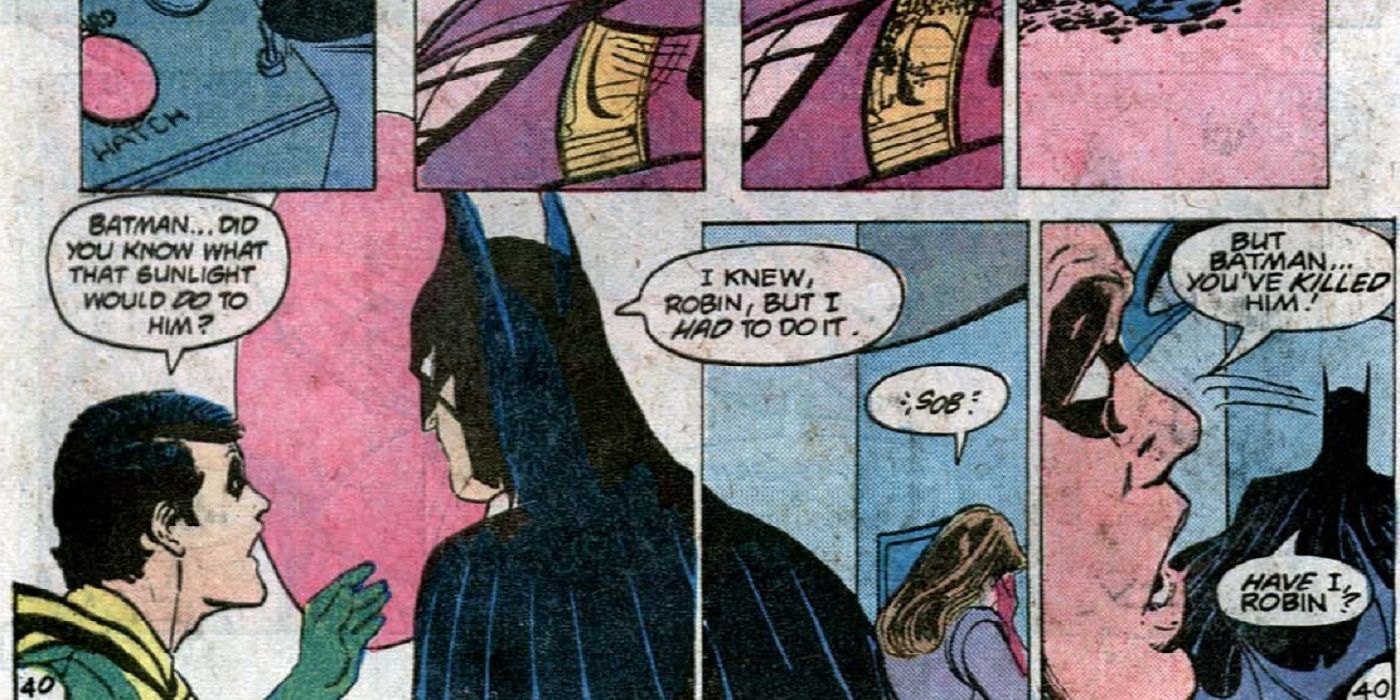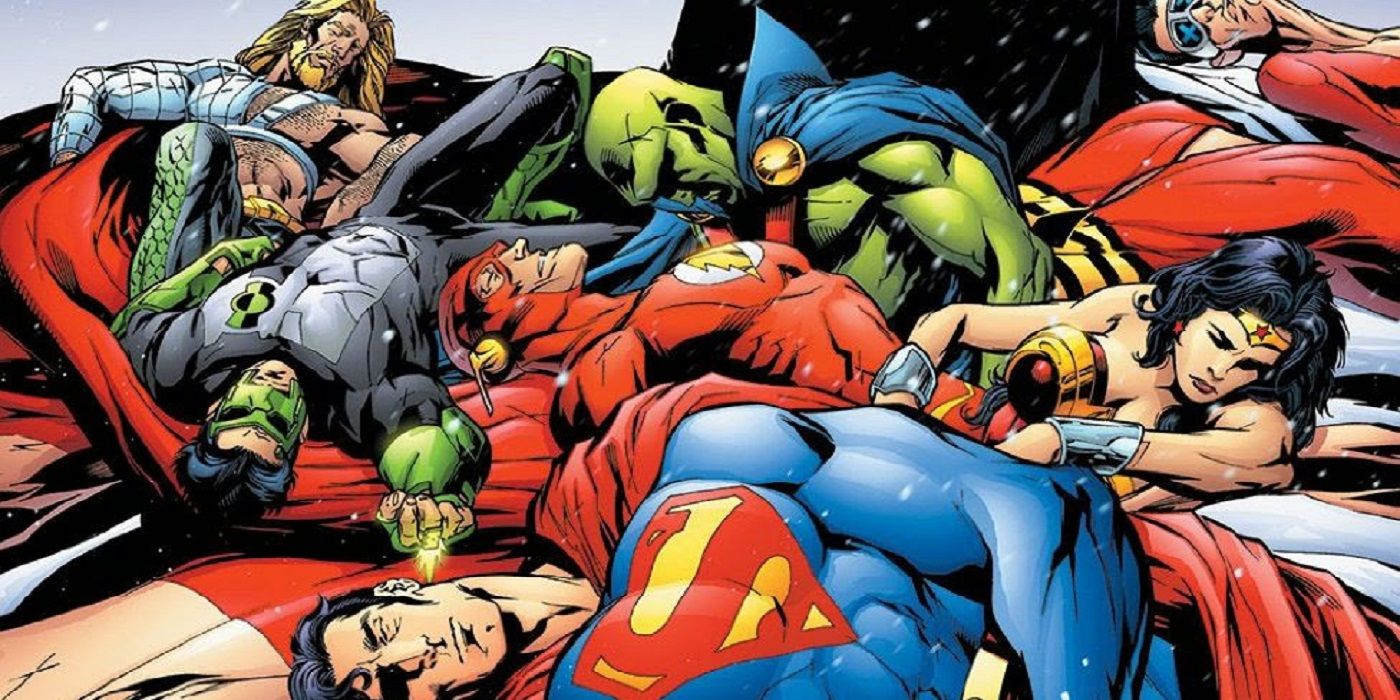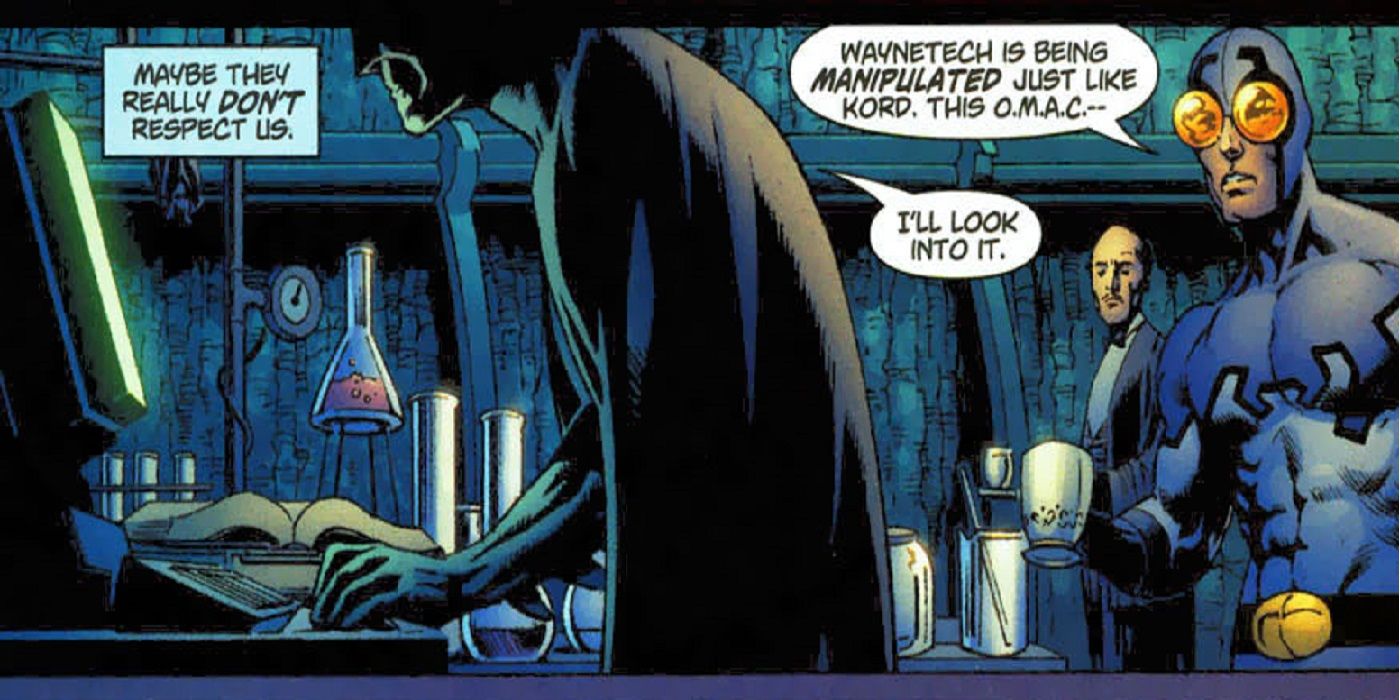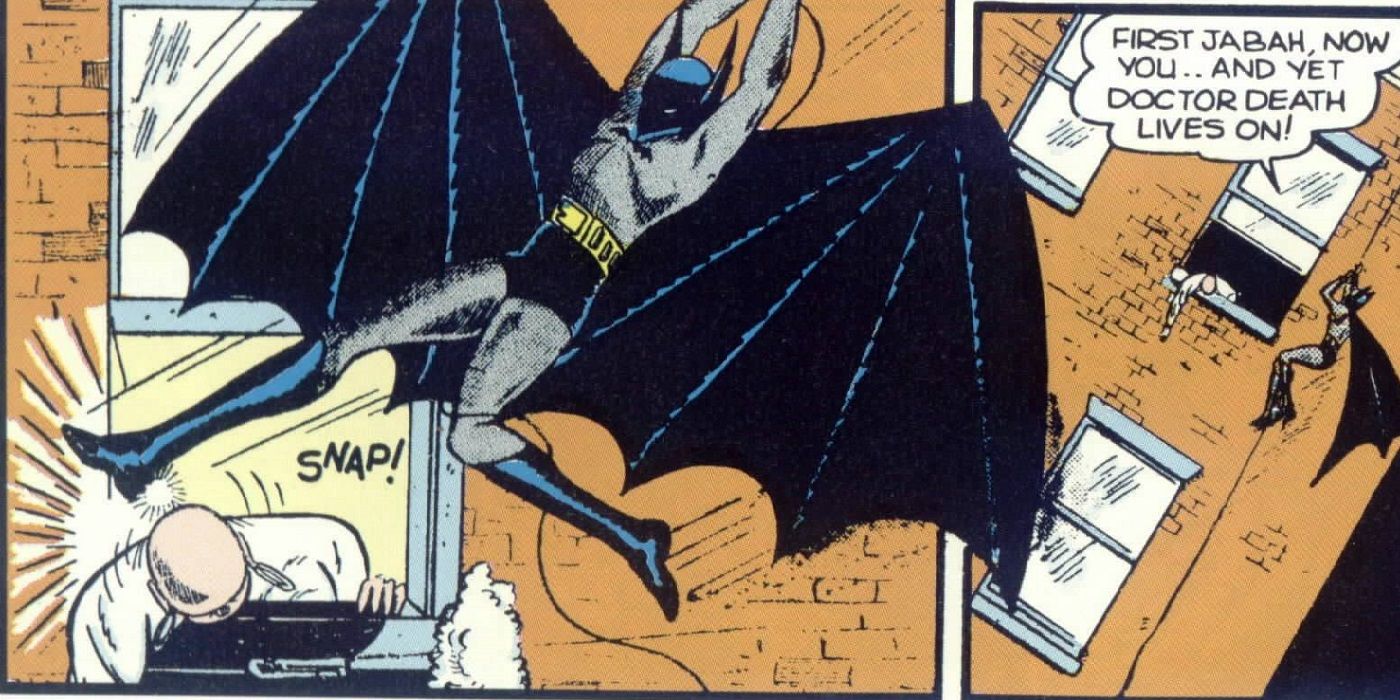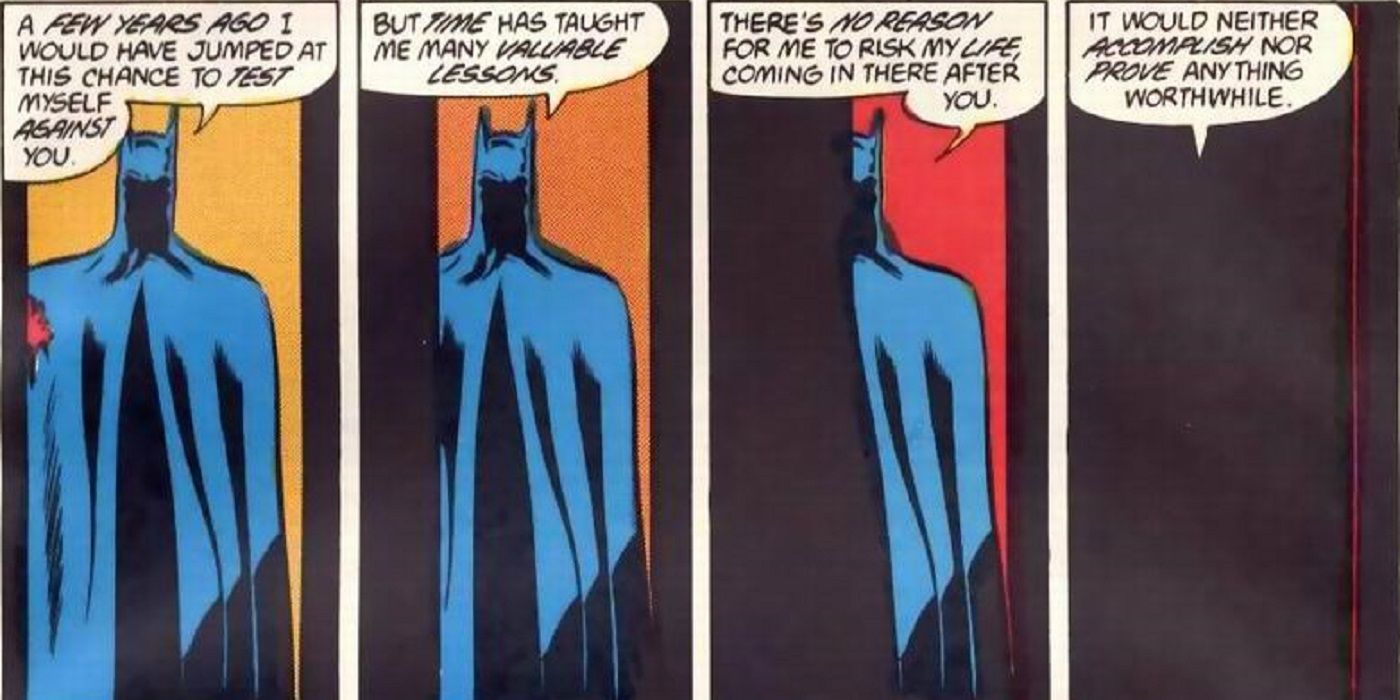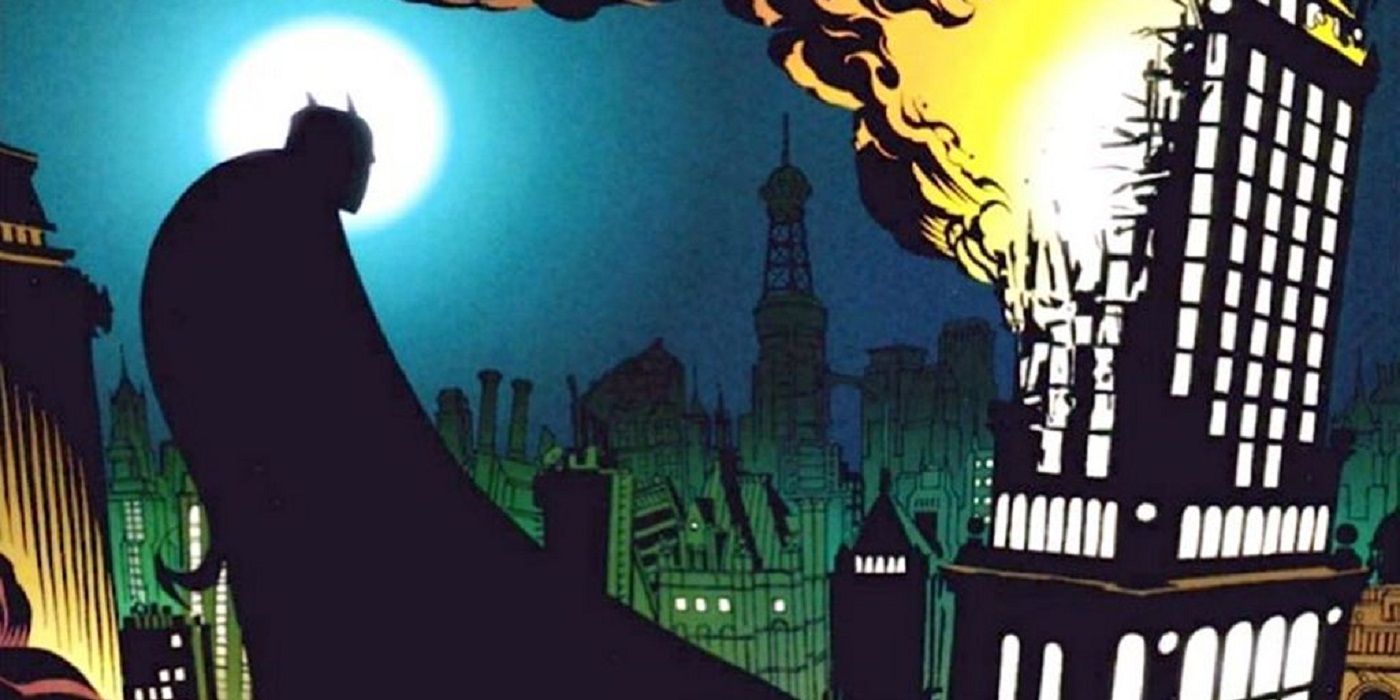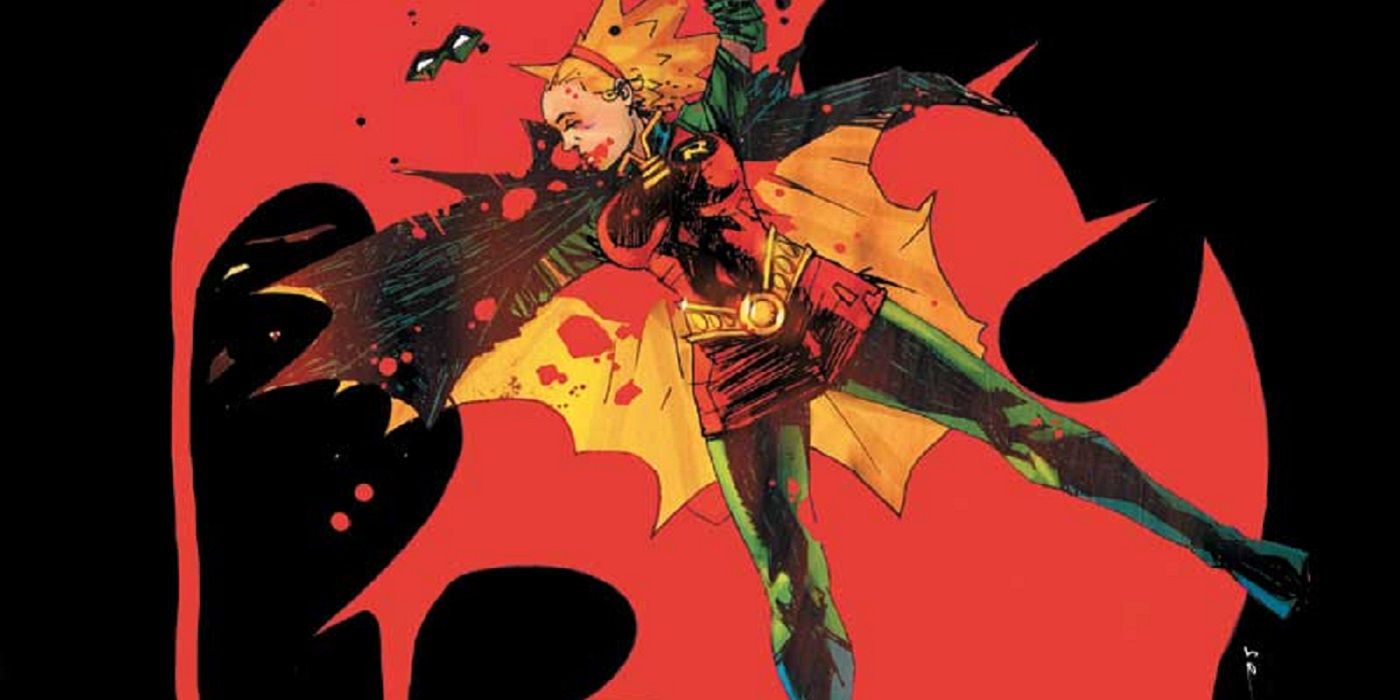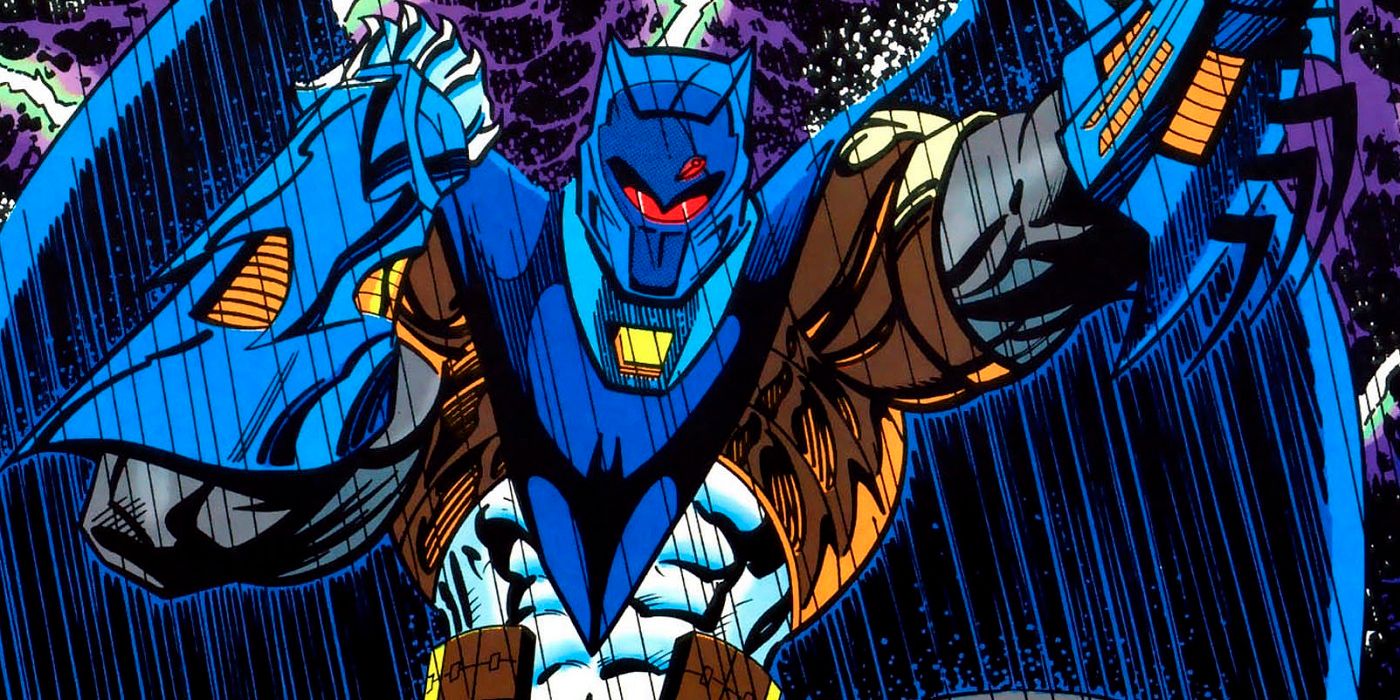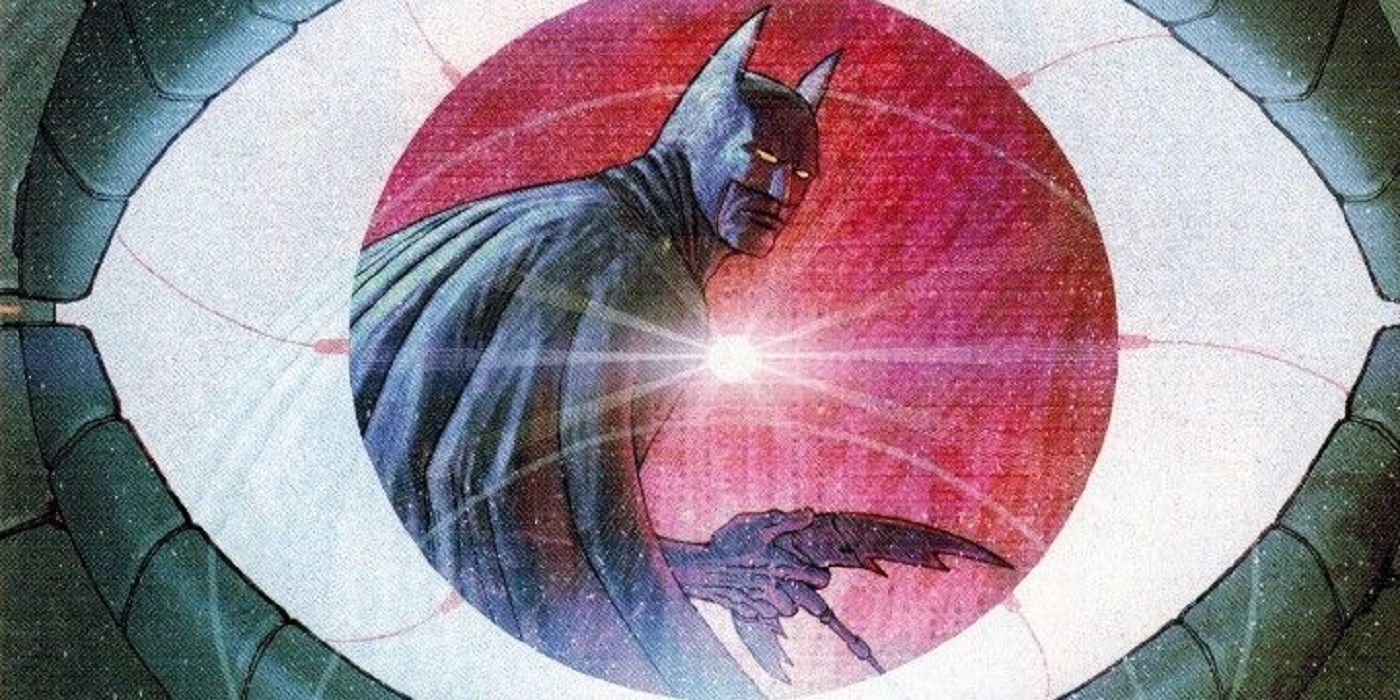In many ways, Batman's success as a superhero is driven by the fact that he is obsessed with his mission, and that obsession can often lead to him developing tunnel vision so that all he can see is the current task at hand and not how his actions might have a negative effect on the people around him. Even the best planner in the world is often subject to the classic adage, "The best laid plans of mice and men often go awry." When it happens to Batman, though, it can affect hundreds and sometimes thousands of people.
RELATED: Batman: His 15 Most Embarrassing Moments
As we get ready to look at the worst things Batman has done in comics, note that we're only discussing events that were in continuity, as writers have been way too willing to make Batman do some really awful stuff once they're no longer restrained by continuity. Also, we're eschewing philosophical arguments like "He should kill the Joker" or "He shouldn't have sidekicks" and sticking to things Batman has actively done "wrong" in the comics over the past eight decades.
15 LAUGHED WITH JOKER
This one is a bit tricky. While, on the face of it, it is awful, there are some underlying reasons why it might not be quite as bad as it looks. In the classic graphic novel, "Batman: The Killing Joke," by Alan Moore and Brian Bolland, the Joker broke into Commissioner Gordon's home, shot his daughter Barbara (which led to her being confined to a wheelchair for years afterwards), kidnapped Gordon and then tortured him to see if he could make him break. He did all of this under the theory that any person, no matter how good, could break if they had "one bad day."
In the end, Gordon proves resilient and never breaks. Batman has the Joker in custody and asks Joker why they keep doing this? Joker tells him a joke and Batman, in a moment of pure exasperation at the situation, begins to laugh with his mortal enemy. Again, the whole thing was just due to exasperation over knowing that their rivalry was never going to end. Some also argue that he then killed the Joker once they were done laughing. However, when Barbara later heard that Batman was laughing with the guy who paralyzed her? That hurt her a great deal.
14 CUT A DEAL WITH LEX LUTHOR
During the point in his history when Lex Luthor was successfully hiding his villainy from the rest of the world as a legitimate businessman, he naturally had to do a certain amount of business with Wayne Enterprises. It's just a reality of owning corporate conglomerates, there will be some overlap. In addition, Luthor helped save Gotham City following the events of "No Man's Land" (all part of an attempt by Luthor to foster enough good will to run for President), so he and Bruce Wayne have had many dealings.
None, though, were as sketchy as their meeting in "Lex Luthor: Man of Steel" #3 (by Brian Azzarello and Lee Bermejo) where Luthor asked Bruce for help with some research Wayne Enterprises had that Luthor wanted as part of his project to look for a way to take Superman down, if the need arose. Bruce told him no initially, but Luthor then gave him some Kryptonite as a gift. When Bruce was holding it in his Batman identity, Superman saw him and freaked out on him. A bruised Batman then called Luthor and gave him the go ahead to use the research.
13 JUSTICE LEAGUE PROTOCOLS
When you really think about it, with the amount of times that superheroes have been mind-controlled into attacking their teammates (not to mention the rarer occasions when superheroes just flat out snap and become supervillains), it is not just paranoia to worry. In fact, it just makes sense to study your fellow superheroes to find out how you would take them down if you absolutely had to do so. We don't blame Batman for that... in theory.
However, the problem is that Batman did it in secrecy. It would be so easy to explain to his teammates the pragmatic nature of studying their weaknesses in case they ever turn evil. Batman didn't do that, though. He instead kept it a secret, with it only coming out because a villain stole his plans and used them against the Justice League. Of course, part of the problem is also that Batman feels that he is the only person who could be trusted with something like this, which is part of his arrogance that has led to many problems over the years.
12 ABUSED HIS FIANCEE
In "Batman: The Widening Gyre" (by Kevin Smith, Walter Flanagan and Art Thibert), Bruce Wayne reconnected with the former love of his life, the transcendent Silver St. Cloud. Throughout the miniseries, the two lovers celebrated getting back together mostly through a lot of sex. However, being with Silver also clearly changed Bruce's mood in general, causing him to actually propose marriage to her in the final issue of the series (which was originally intended to be the first half of a two-part series). She accepted and Bruce/Batman was actually truly happy for a moment.
Then, of course, the paranoia we mentioned before kicked in. How did he know that this was not a trap? Couldn't Silver be a robot? We honestly don't blame Batman for being concerned, but how he expressed those concerns were incredibly inappropriate. He assaulted Silver, pulling a hair out to test to see if she was real and telling her to shut up until he could find out the truth. When she was proven to be real, she was way too forgiving for how cruel Batman just was to her.
11 BRUCE WAYNE... NO MORE!
In the early 2000s, Bruce Wayne was assigned a bodyguard, Sasha Bordeaux. She was good enough that Bruce had to let her in on his secret identity. She agreed to become a crimefighter, as well. However, one night, while they were out on patrol (while Batman was training her), Bruce Wayne's former girlfriend, Vesper Fairchild, was murdered and all the evidence pointed to him; neither he nor Sasha could give their alibi of "out crimefighting," so they both were arrested and sent to prison while awaiting trial.
Batman then broke out of prison and decided to just give up his Bruce Wayne identity and allow "Bruce" to be a fugitive. While that's nuts, the worse thing is how he treated his fellow heroes when they confronted him about the decision in "Batman" #600 (by Ed Brubaker, Scott McDaniel and Andy Owens). He just ignored their questions and left to start his new life. He even punched Nightwing when he wouldn't leave things well enough alone! He never even denied doing the murder! Once the frame was proven, though, they all became friends again... eventually.
10 A FATE WORSE THAN DEATH?!
Grant Morrison was famous during his long run on "Batman" for looking into the Dark Knight's decades-long history and plucking out obscure characters and concepts and using them as part of his run, all in keeping with his overall idea of "it all happened." However, when he launched "Batman Inc." with artists Yanick Paquette and Michel Lacombe, the little-seen villain he brought back was actually one of the most memorable one-off villains in "Batman" history, Death Man, a Japanese bad guy who was able to fake his own death through yoga techniques.
He had a stunning skeleton costume that really stood out as drawn by Gil Kane on the cover of "Batman" #180 (released at the heart of the Bat-Mania from the 1966 "Batman" TV show), so a whole generation of readers fondly remembered him. Morrison re-envisioned him as now being literally immortal (going by Lord Death Man), so Batman decided to deal with him by launching him into outer space to live out his immortal life floating in the abyss. That's a twisted way to deal with a bad guy, even a murderous bad guy like Lord Death Man.
9 SHOOTING FISH IN A BARREL... WITH LASERS
Batman and Ra's Al Ghul are no strangers to "duels to the death," as they famously fought one of them with each other in their very first storyline together. That one, though, ended when Batman was seemingly killed by a poisonous scorpion (Talia, the daughter of Ra's, slipped Batman the anti-venom). However, in "Batman Annual" #8, they had a different sort of duel to the death, one Batman followed through on.
The story (by Mike W. Barr and Trevor Von Eeden), involved Ra's Al Ghul uncovering a deadly weapon that would kill anyone who drank a certain chemical when they were exposed to the red sunlight of the space station Ra's operated. Batman tracked him to the space station (with Talia's help) and they fought a duel again. This time they each agreed to drink the chemical and the loser would be exposed to the red sunlight. However, things were interrupted and Ra's left the station on an escape craft. Batman, though, took control of the craft and then exposed Ra's to the red sunlight, evaporating him. Batman had him captured (as he controlled his craft) and still chose to disintegrate him. That's super harsh.
8 HIDE YOUR FILES BETTER, BATMAN!
In the "JLA" storyline, "Tower of Babel," Ra's Al Ghul (who apparently got better after being disintegrated) distracted Batman by stealing the bodies of Batman's parents. While Batman tracked down his parents, Ra's broke into the Batcave and stole Batman's plans on how to take down his fellow members of the Justice League. In the massive Bat-crossover of all the "Batman" and "Batman"-related comic book titles, "War Games," Stephanie Brown, the former Robin, tried to prove herself to Batman by stealing a plan that Batman had developed that would have ended with Batman in charge of the Gotham City mob.
Stephanie decided to put the plan into effect. However, she didn't know that the plan revolved around Matches Malone (Batman's criminal disguise) being involved. Without him things went to hell. The key point of both of those stories is that Batman has to do a better job encrypting his super-dangerous files! If you're going to play with people's lives with these plans, at least make sure no one else can get to them! Gun owners keep their guns locked up, so too should Batman keep this stuff locked away where no one can get to it.
7 IGNORING A FRIEND'S CRY FOR HELP
In "Countdown to Infinite Crisis" (by Geoff Johns, Greg Rucka, Judd Winick and a bunch of artists), Blue Beetle discovers something mysterious called the "O.M.A.C. Project" (remember that name for later) and tries to enlist the help of the rest of his fellow superheroes to look into the mystery. However, they all promptly treat him like dirt all issue long.
One of the more memorable heroes to treat him like a pest is Batman, who ignores Beetle's worries about the O.M.A.C. Project, since he looks down on Beetle due to their shared experience on Justice League International, where Beetle was often a bit goofy. However, the O.M.A.C. Project turns out to be real and since Beetle is by himself when he discovers it, he is murdered for his efforts. This all could have been avoided had his fellow heroes taken him seriously. Batman, though, is the biggest culprit, and the reason will be explained later on the list.
6 ALL THAT EARLY KILLING!
We're not going to get on Batman too much for his willingness to kill in his early days. We get it, it was the Golden Age, more than a decade before the Comics Code existed and at a time when comic book writers were drawing much of their inspiration from pulp fiction (and, okay, honestly, sometimes the entirety of the plots of their stories) where heroes like the Shadow were more than willing to kill bad guys.
However, even with that in mind, Batman was often way too free with the killing early on. "Hmm, I could knock this guy out or I can snap his neck? I know which one I'm choosing!" {neck snaps}. Batman and Robin would kill low level bad guys by the boatload, toppling entire statues on the criminal cannon fodder. One of the most disturbing examples of early Batman killing was in "Batman" #1, when Hugo Strange mutated some crooks into monsters. Batman caught one of them in a special noose in his bat-plane and flew around until the beast was strangled to death. Then Batman just flew around with the corpse of a giant hanging from his plane.
5 MURDERING THE KGBEAST
In "Ten Nights of the Beast" (by Jim Starlin, Jim Aparo and Mike DeCarlo), from "Batman" #417-420, Batman ran afoul of the KGBeast, an assassin sent to Gotham City to kill a number of targets, culminating with the murder of the visiting President of the United States, Ronald Reagan. Batman was shocked in his initial encounters with the Beast at how outclassed he was. The Beast treated Batman like he was a joke. When Batman thought he had him trapped at one point, the Beast just cut off his own hand to escape! He then got a gun added to the stump on his arm!
So, in the finale, Batman knew he couldn't beat the Beast in a straight fight. Instead, he used his knowledge of the Gotham City sewer system to trick the Beast into a room with no exit. Batman then trapped him in the room, with the intent of him starving to death. When Starlin left the title, one of the first things the incoming writer (Marv Wolfman) did was to explain that Batman then went to get him later on (but he had already escaped somehow).
4 NO BATMAN'S LAND
In the "Batman" crossover, "Cataclysm," Gotham City is devastated by a gigantic earthquake. It left the city in ruins. Ultimately, the United States government decided that the city was just no longer worth helping (the government in the DC Comics Universe is somehow even harsher than the real one), so they declared it off-limits to the rest of the country and gave everyone in Gotham a certain amount of time to get out before they blew up all bridges leading in and out of the city.
Commissioner Gordon and some Gotham City police officers stayed behind to help fight back against the lawlessness that soon overtook the city and the people who were unable to leave (especially since the earthquake had released the villains in Arkham Asylum) and Batman eventually teamed up with them to reclaim the city. However, the key word there was "eventually." For some unknown reason, after leaving Gotham to petition the government as Bruce Wayne, Batman didn't return for months until things got really bad. Then he came back to fight for the city. It was mind-bogging that he would stay away for so long for no good reason.
3 STEPHANIE BROWN
Stephanie Brown was a hero known as Spoiler. She dated Robin in their secret identities because Batman wouldn't let Robin tell Stephanie his real name. Then Robin was forced to retire after his father discovered his identity. Batman then revealed Robin's identity to Stephanie without telling Tim first and made Stephanie his new Robin, possibly as part of a ploy to bring Tim back. Stephanie then made a mistake and Batman fired her almost immediately. While trying to prove herself, she accidentally started a gang war in Gotham City (due to the aforementioned "War Games" plan) and was then killed by Black Mask. However, it turned out that Dr. Leslie Thompkins let her die as a message to Batman about the risks of letting young people fight crime (What?!?). Batman then didn't give her a special case in the Batcave.
We later found out why: because Stephanie was actually alive and Batman knew Leslie helped her fake her death (What?!?). He then didn't tell Tim his girlfriend was still alive for... reasons? But then he didn't give her a trophy case despite wanting Tim to think her dead for... more... reasons? It was just pure retcon-created cruelty by Batman.
2 CHOOSING PSYCHO BATMAN
Let's say that you owned a ice cream truck for years. You got injured and have to let someone take over. Your former ward, who you had raised as a son, is perfect for the job, but you don't want to bother him with your problems. Meanwhile, you had been training someone new recently on the job who had previously been programmed to murder people any time he serves ice cream. You had been working on de-programming him. So who do you give the job to?
That was basically the situation Batman was in during "Knightfall." He, of course, chose the "programmed to kill when he put on an Azrael costume" Jean-Paul Valley to take over as Batman instead of calling his protege, Dick Grayson, to take over. We don't want to get on Batman's back too much since it had just literally been broken, so he was under some stress, but this was a horrible decision that put all of Gotham City at risk in the almost certain likelihood that Valley's earlier murderous programming kicked in (which it, of course, did).
1 CREATING OMAC
Remember how Batman came up with plans to take down his fellow heroes? Plans he didn't tell anyone about? Well, let's just say that he took things to a whole other level when he created an entire satellite designed for monitoring his teammates (in part because, subconsciously, he remembered that they had wiped his memory after he discovered that they were using magic to mess with supervillains' minds). The satellite then became both sentient and evil and began creating OMACs, half-human/half-robots who hunt down and kill superheroes.
Does OMAC sound familiar? Why yes, this is indeed the project that Blue Beetle was investigating earlier. So, Batman treated him like a moron for investigating a project that had been designed by Batman himself! The OMACs killed a whole bunch of people before the satellite was finally taken down in "Infinite Crisis," leaving it as the worst thing that Batman has ever done in comics.
What do you think is the worst thing Batman has ever done? Let us know in the comments section!

